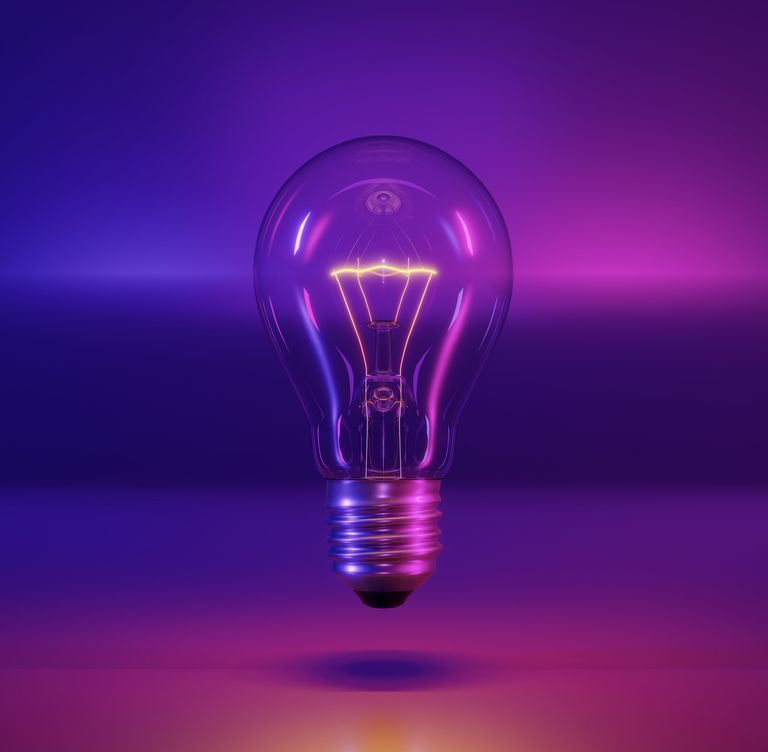The Light Bulb Buying Checklist
While it may seem like a simple task, buying the right lightbulb can be a tough decision, especially when faced with a never-ending wall of options at your local big box store. In addition to the many brands and variety of light shades available, you'll also need to be sure to purchase a lightbulb that's compatible with the specific lights in your home. Of course, if you happen to be someone looking to minimize waste, then picking a lightbulb that conserves energy is another priority to add to the checklist. In order to help you organize your thoughts and determine the best choice for you, here is your step-by-step guide to buying your next lightbulb.
Check the size
Before you can start shopping for bulbs, it's important to check the base shape of your light socket as well as the bulb size that will fit. After all, not all bulbs are compatible with all base sizes. The standard light bulb used in the United States is an A19 bulb with an E26 base, however, these may not necessarily be the dimensions that apply to you. Check out the light bulb shape chart and the light bulb base chart on bulbs.com as a reference point.
How much light do you need?
Unlike in the past, the wattage of a lightbulb does not determine whether it is a perfect replacement for the light that burned out. Rather, look at the number of lumens that a bulb emits, as this will determine the brightness of the light. Ultimately, the brightness of the bulb will be determined by your own requirements. For example, a workshop where you need to use intricate tools may require a brighter light than the living room where you put your feet up and watch TV.
Determining the right color
Another measurement common across lightbulbs is degrees Kelvin, which indicates the color of the light that the bulb will emit. While lower amounts of degrees Kelvin result in a warmer, yellow light, higher measurements are brighter and whiter. There are three main categories of warmth, namely warm white, a cozy light typically used for living rooms and bedrooms, cool white, a whiter light which sometimes has a tinge of blue used often in bathrooms and outdoor areas, and cool daylight, the brightest option which is often used for garages and security lighting.
Stay efficient
When browsing lightbulbs, make sure to check out the Energy Star label on the package as this will tell you about the bulb's brightness, color, and lifespan as well as energy usage. With this knowledge, you can determine the outcome that you wish for your bulb to meet. The basic, old-school lightbulbs are incandescent, whereas energy-saving incandescent bulbs prove to be 25% more efficient. LED lightbulbs, on the other hand, are the most efficient options on the market, lasting 25 times longer than incandescent bulbs and proving to be 75-80% more efficient. You may also be looking for a lightbulb that is compatible with your smart home, in which case a smart bulb would be your best bet.


